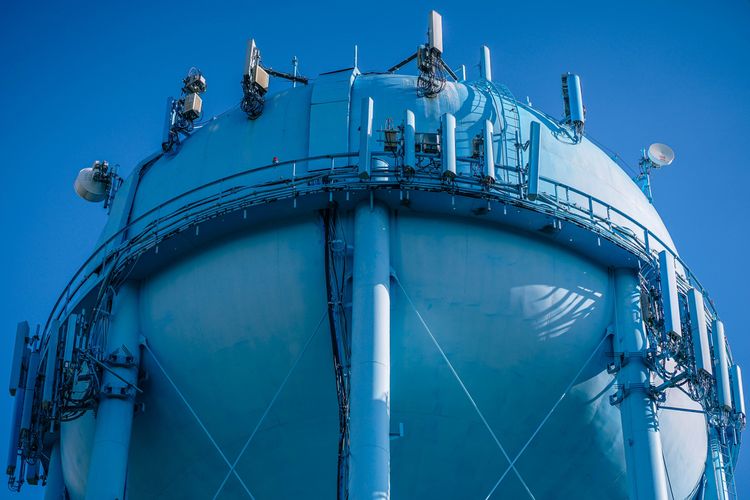The Operation and Maintenance Network
Over recent decades progress has been made in expanding water supply and sanitation services to the un-served. However, the sustainability of existing and new infrastructure to deliver these services can be seriously undermined due to a lack of effective and well-resourced operation and maintenance (O&M) in an enabling institutional framework.
